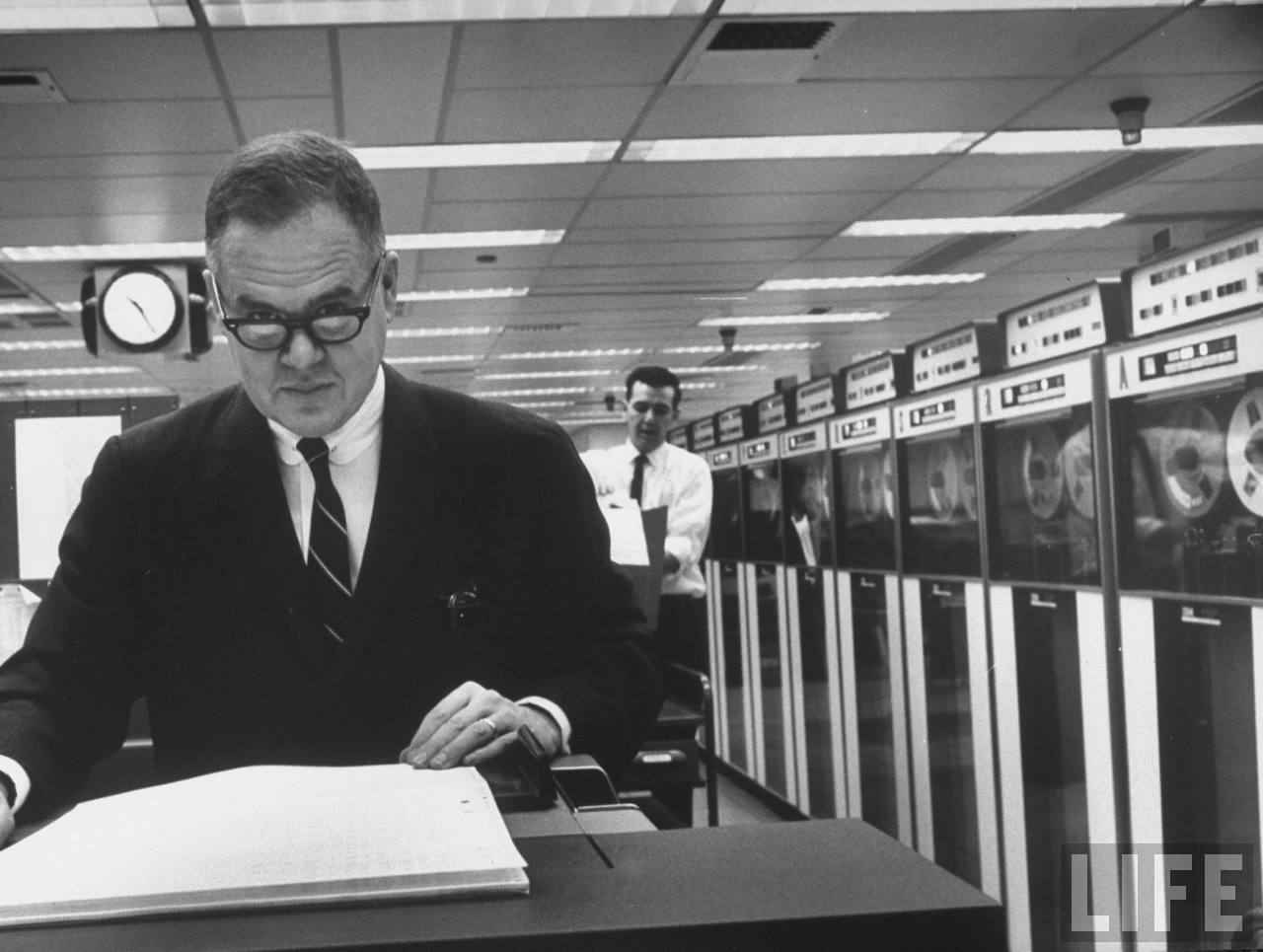John Tukey, Unsung Man of Science
Many of the core concepts of statistical and quality analysis were developed in the early to mid-20th century by a relatively small number of individuals including Ronald Fisher, Karl Pearson, Walter Shewhart, and W. Edwards Deming. Less well known is American mathematician and statistician John Wilder Tukey (1915-2000). Yet John Tukey – who received his doctorate in mathematics at Princeton in 1939 – made many contributions in data analysis including one graphical tool all Green Belts and Black Belts know well.
A brilliant man, Tukey worked to apply innovative statistical methods in a broad variety of applications over his lifetime. He got his start during the early 1940s by working on the Fire Control Research Group to support the war effort. This group applied mathematical principles to ballistics, firing of armored vehicles, and bomber range finders.

From the late 1940s until his retirement in 1985 Tukey split his time between teaching statistics at Princeton and working on projects at Bell Laboratories where Dr. Shewhart was a colleague. For example, he introduced the Fast Fourier transform algorithm in 1965. Although a statistician, he is known for coining two words in the field of information systems: ‘bit’ and ‘software’. A partial list of projects in which he worked over his career include the U. S. census, U-2 spy plane, nuclear disarmament, election forecasting, education effectiveness, and the Kinsey Report on Human Sexuality.
One statistical tool which all Black Belts learn is the Tukey Test. This test – developed by Tukey in 1953 as a complement to ANOVA – is a pairwise comparison tool used to tell which factor levels are different from each other. For more on ANOVA see the blog ANOVA for All Occasions by Diana Martinez and Satya Kudapa.
What graphical tool familiar to all LSS practitioners did John Tukey develop? In 1970 he created the boxplot (also called box-and-whisker plot). Boxplots provide an easy to understand visual method for showing variation, central tendency, symmetry (and by extension, distribution), and outliers.
As a reminder of the simplicity of how a boxplot works, see the graphic below:

In addition to being easy to understand, boxplots have several other advantages including:
- No assumption of an underlying distribution
- Compact, taking up less space than a histogram
- No bins, which can influence the shape of histograms
- Allow easy side-by-side comparison of different groups
- Can be drawn vertically or horizontally
To call John Tukey ‘unsung’ is a bit of a misnomer. Among his many recognitions were the S. S. Wilks award of the American Statistical Association (1965), U. S. National Medal of Science (1973), and Medal of Honour of the Institute of Electronic and Electrical Engineers (1982).
Finally, here is a quote from Dr. Tukey which tells a lot about his approach to graphical analysis: “The greatest value of a picture is when it forces us to notice what we never expected to see.”
John Tukey – just one of the many individuals who contributed in the field of statistical analysis that make Lean Six Sigma such a powerful problem-solving methodology.


